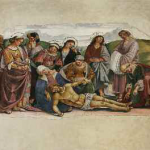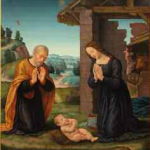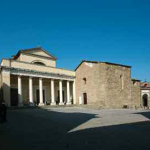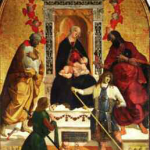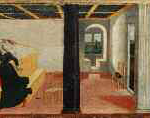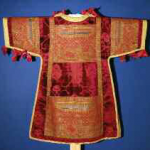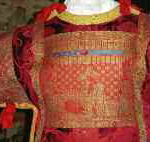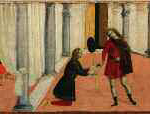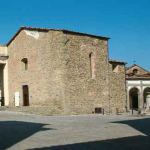The Collegiate Church of San Giuliano is located at the beginning of a complex of religious buildings that testify to the continuity over time of this religious area.
Thus, in addition to the collegiate church, the Museum of the Parish Church of San Giuliano, the Church of Gesù and the Church and Monastery of Santa Chiara are also found on the square.
The Collegiate Church of San Giuliano: construction work began in 1840. The church was consecrated in 1853. The portico was not built until 1867, followed in 1930 by the bell tower, based on a design by the architect Corinto Corinti (Castiglion Fiorentino 1841-Florence 1930).
The façade of the new building has a pronaos with large columns resting on travertine bases. The interior layout is a Latin cross divided into three aisles covered by a barrel vault and divided by six columns. In the transept chapels and those to the sides of the main altar are two life-size statues in stucco representing Saint Julian, the titular saint of the church, and Saint Michael, patron saint of Castiglion Fiorentino, both 19th-century works by the Zanazzo firm of Rome. The altars exhibit numerous works of art that predate the completion of the building and which come from demolished churches and others in the area.


